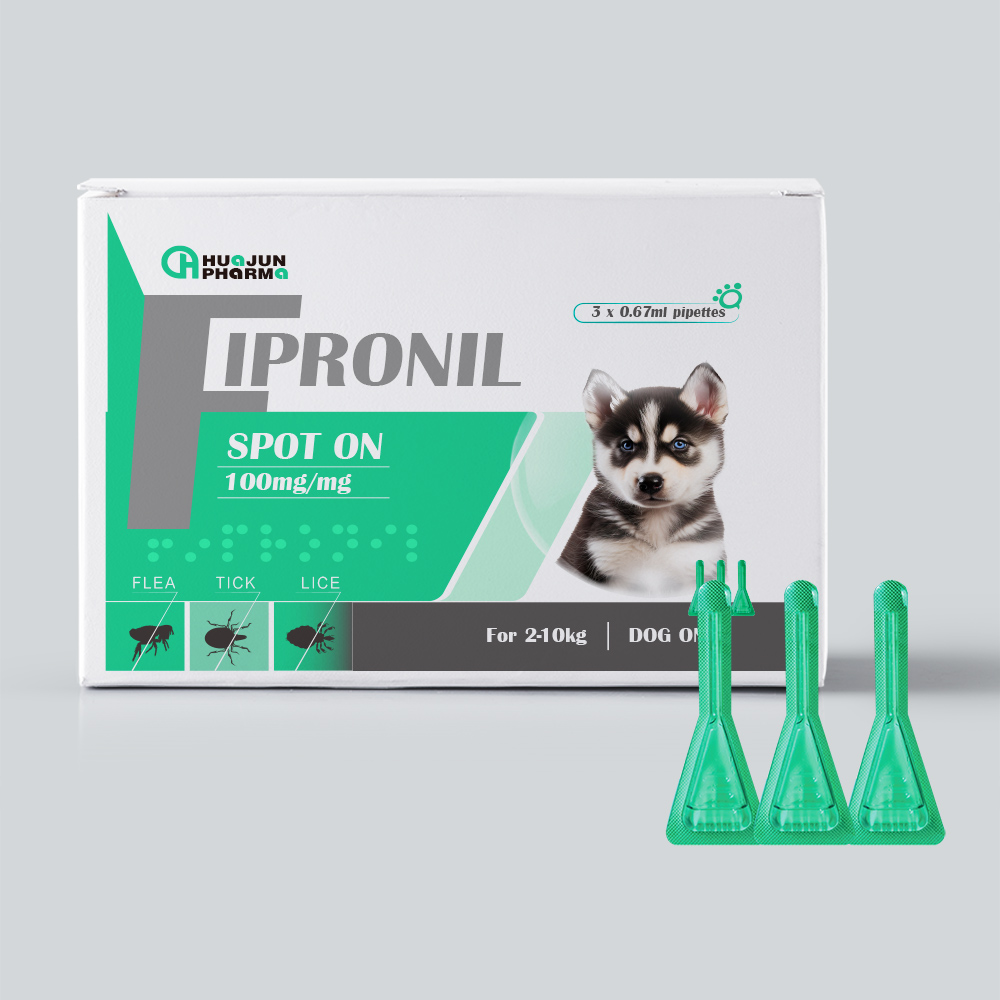Picture this: You see a sign for free kittens—their wide-eyed, fluffy faces are just too sweet and adorable to resist. Or, there’s a friendly stray dog that looks hungry hanging around your backyard. Soon you’ve got a new pet in your home, and it doesn’t take long for the sneezing and itchy, watery eyes to start. You’re allergic to your new cat or dog, and you’re not sure if there’s anything you can do about it.
What is a pet allergy?
“Pet allergy occurs when our body’s allergic system becomes activated with any pet dander exposure,” says Niha Qamar, MD, allergist, immunologist, and co-author of What? I Could Be Allergic to That?
What’s dander? It’s dead skin cells that are shed from pets, explains Manan Shah, MD, an otolaryngologist at The Colorado Ear, Nose & Throat Group in Lakewood, CO and co-founder and CEO of at-home allergy testing and treatment company Wyndly.
“Pet dander is very light and can stick to clothing, skin, hair, and numerous other surfaces,” Dr. Shah says. That means even households without pets can be exposed to dander if a pet owner enters their home, he adds.
So, how many people are allergic to dogs and cats? According to a 2018 study, as many as 10% to 20% of the worldwide population has pet dander allergies. While pet allergies are common, they’re especially prevalent in people who have a family history of allergies, says Dr. Qamar.
Besides direct contact with cat or dog dander, it’s possible to have an allergic reaction to a pet’s saliva, urine, sweat, or fur, which are all sources of allergens, says Alex Schechter, DVM, a veterinarian at Burrwood Veterinary in Royal Oak, Michigan. “Carpets, bedding, furniture, and clothing can all become stained with pet saliva,” Dr. Schecter says.
Fipronil Spot On (DOG ONLY)
How to tell if you’re allergic to dogs and cats
According to the American College of Allergy, Asthma and Immunology, symptoms of pet allergies include:
- Sneezing
- Runny nose
- Nasal congestion
- Itchy, watery, or red eyes
- Cough
- Wheezing
- Skin rashes/hives
- Shortness of breath, difficulty breathing, or chest tightness
It’s possible to be allergic only to dogs, only allergic to cats, or allergic to both–but cats and dogs produce different allergens. However, the symptoms for cat and dog allergies are the same, which means cat allergy medicines are the same as dog allergy medicines. And while pet allergy symptoms can be annoying, they are treatable with allergy medications or allergy shots for severe cases.
But if you have asthma, pet allergies may make your asthma symptoms worse. According to a 2018 study, individuals with cat or dog allergies who also had asthma were at increased risk of asthma attacks when chronically exposed to their triggers.
One older study found that cat allergies were more common than dog allergies. But more recent data showed only a small variability between the two: In subjects 6 years and older, allergies occurred at a rate of 12.1% for cats and 11.8% for dogs in the United States.
Diagnosis of pet allergies
Many people know they have pet allergies when their allergy symptoms flare after being around animals, Dr. Shah says. But for others, it’s not so simple. For example, people with seasonal or year-round allergies may already have allergy symptoms, which makes it hard to decipher what causes them, he explains. Others may be around multiple animals, making it tricky to distinguish whether the family dog or cat (or both) is triggering their symptoms.
“The easiest and most fool-proof way of determining if you have animal allergies is through an allergy test,” Dr. Shah says. These include skin-prick tests and blood tests.
- Skin-prick tests are medical tests done at your doctor’s office. They involve pricking the skin with tiny amounts of different allergens and observing how the body responds. “This is done to determine which allergens cause allergic reactions and whether they are related to pet allergens,” Dr. Schecter says.
- Blood tests can be used to identify the presence of specific proteins in your blood that are in pet dander. These proteins can be found in your blood even if you do not have an allergic reaction to pets yet, indicating that you may be at risk for developing allergies in the future, Dr. Schecter says.
I’m allergic to my dog or cat—now what?
The best treatment for pet allergies will depend on the severity of a patient’s allergies.
“For mild pet allergies with sneezing, runny nose, and itchy eyes, the first-line treatment is antihistamine pills,” says Dr. Qamar, who explains that there are a few different types of antihistamines.
The most commonly known antihistamine is Benadryl, says Dr. Shah, but it can cause drowsiness. That’s why he recommends second-generation antihistamines like Claritin, Zyrtec, or Allegra, which are less sedating.
Antihistamines typically start to work within 30 minutes, reaching their maximum effect in about two hours, advises Dr. Shah. Some antihistamines work for only four to six hours (first-generation antihistamines like Benadryl), while others last for 12 to 24 hours (second-generation antihistamines like Zyrtec), he says.
You may be wondering whether Claritin or Zyrtec is the best pet allergy medicine—but which antihistamine works best for you depends on the severity of your symptoms. For example, a person with a mild allergy to cats or dogs may do well with Claritin. Another person with more severe allergies may do better with Zyrtec. However, Dr. Qamar says that although Zyrtec may be more effective in some patients, “around 10% of people can become sleepy with it.”
“If someone has prominent allergies and they become sedated often with medication, I usually recommend Allegra or Xyzal,” she says. Dr. Schecter says Allegra may also be helpful in controlling pet allergy symptoms. But which antihistamine works best for your dog allergy might be different from what’s effective for someone else (the same goes for cat allergies).
RELATED: Xyzal vs. Claritin
Decongestants, nasal sprays, and prescription medications can also be effective pet allergy treatments, Dr. Schecter says. Decongestants, such as over-the-counter Sudafed, help with congestion and sinus pressure, while nasal sprays, like Flonase and Nasacort help with sneezing and congestion, he explains.
And for allergies that aren’t responsive to OTC options, prescription medications are available, such as Azelastine eye drops, or Singulair, an oral drug that blocks leukotrienes, chemicals that cause your nasal passages to become inflamed and produce mucus.
RELATED: Should you use Singulair for allergies?
Below are some medications that are used to treat pet allergies. Always consult your doctor before using medication if you are pregnant or breastfeeding. Before using one of these medications for the first time, check with your healthcare professional or pharmacist to ensure it is safe with any medical conditions you have as well as any other medications you take (including Rx and OTC drugs, vitamins, and supplements).







